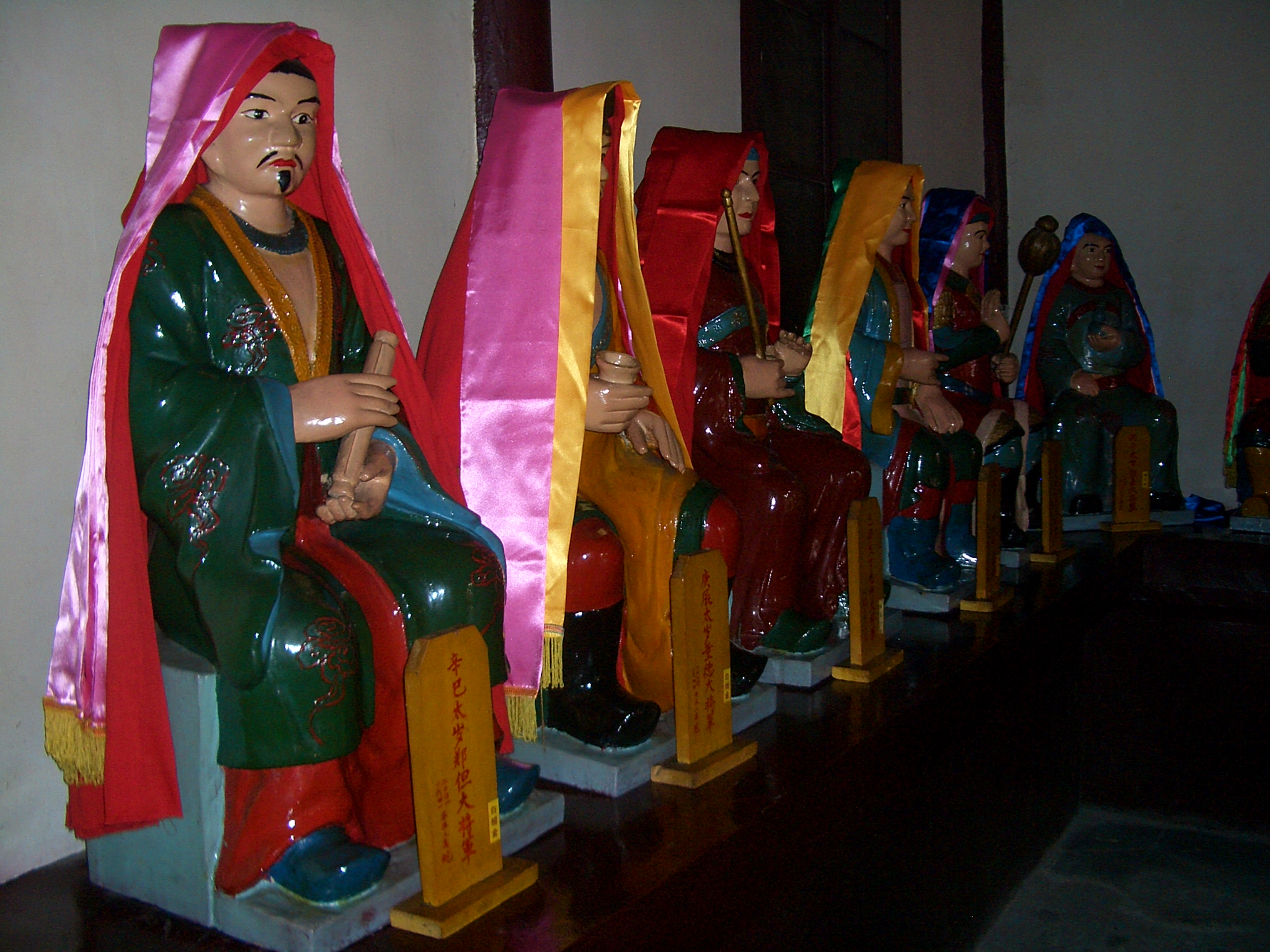
Sexagenary cycle
The sexagenary cycle, also known as the stems-and-branches or ganzhi (Chinese: 干支), is a cycle of sixty terms, each corresponding to one year, thus a total of sixty years for one cycle, historically used for recording time in China and the rest of the East Asian cultural sphere and Southeast Asia.[1][2] It appears as a means of recording days in the first Chinese written texts, the Shang oracle bones of the late second millennium BC. Its use to record years began around the middle of the 3rd century BC.[3] The cycle and its variations have been an important part of the traditional calendrical systems in Chinese-influenced Asian states and territories, particularly those of Japan, Korea, and Vietnam, with the old Chinese system still in use in Taiwan, and in Mainland China.[4] In India, the Dai-Ahom (descendants of Dai ethnic minority of Yunnan who migrated to Assam in 13th century) also used the sexagenary cycle known as Lak-Ni.[5][6]
"Xinwei" redirects here. For the town in China, see Xinwei, Meizhou.Sexagenary cycle
This traditional method of numbering days and years no longer has any significant role in modern Chinese time-keeping or the official calendar. However, the sexagenary cycle is used in the names of many historical events, such as the Chinese Xinhai Revolution, the Japanese Boshin War, the Korean Imjin War and the Vietnamese Famine of Ất Dậu, Tết Mậu Thân. It also continues to have a role in contemporary Chinese astrology and fortune telling. There are some parallels in this with the current 60-year cycle of the Hindu calendar.